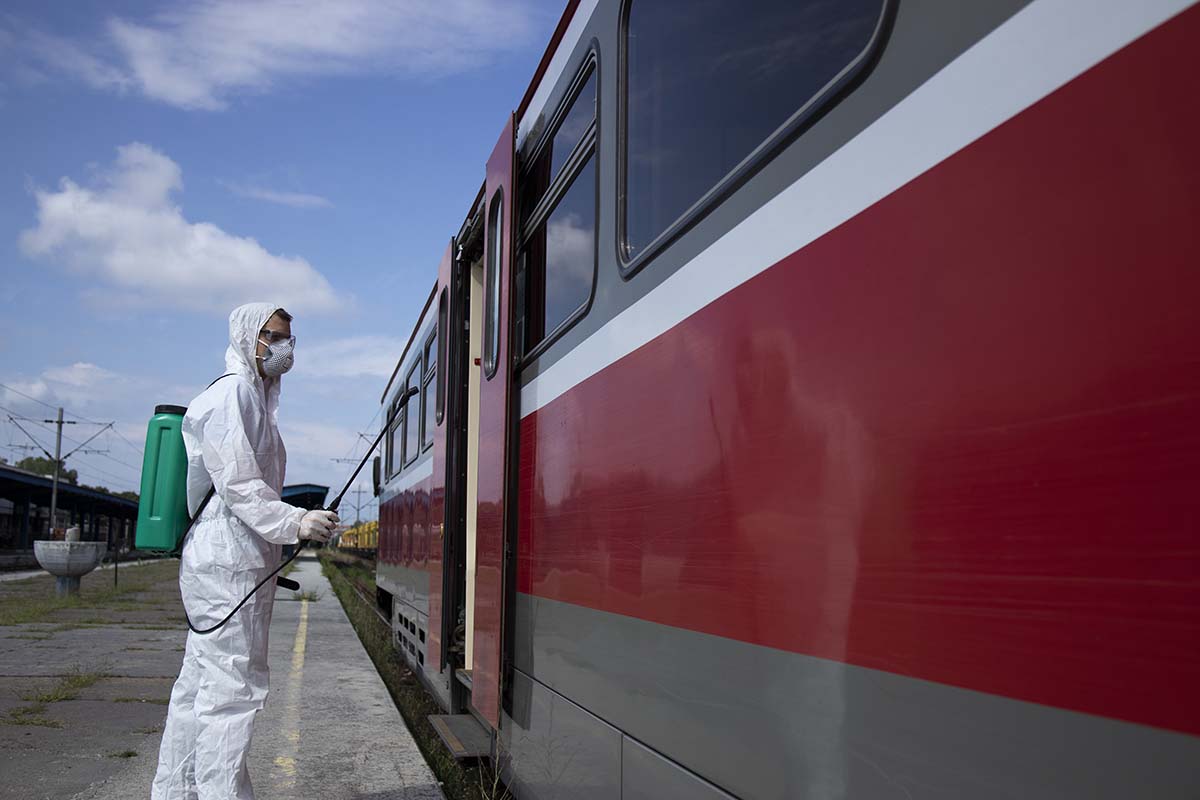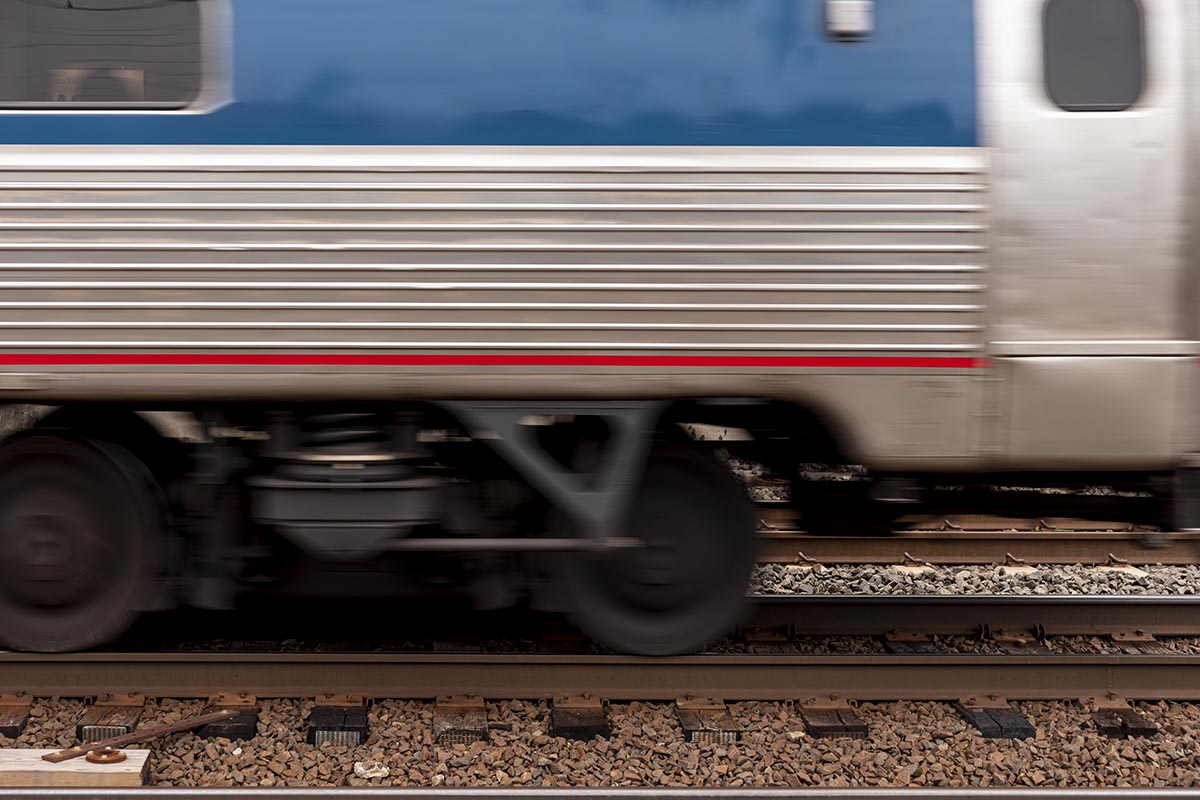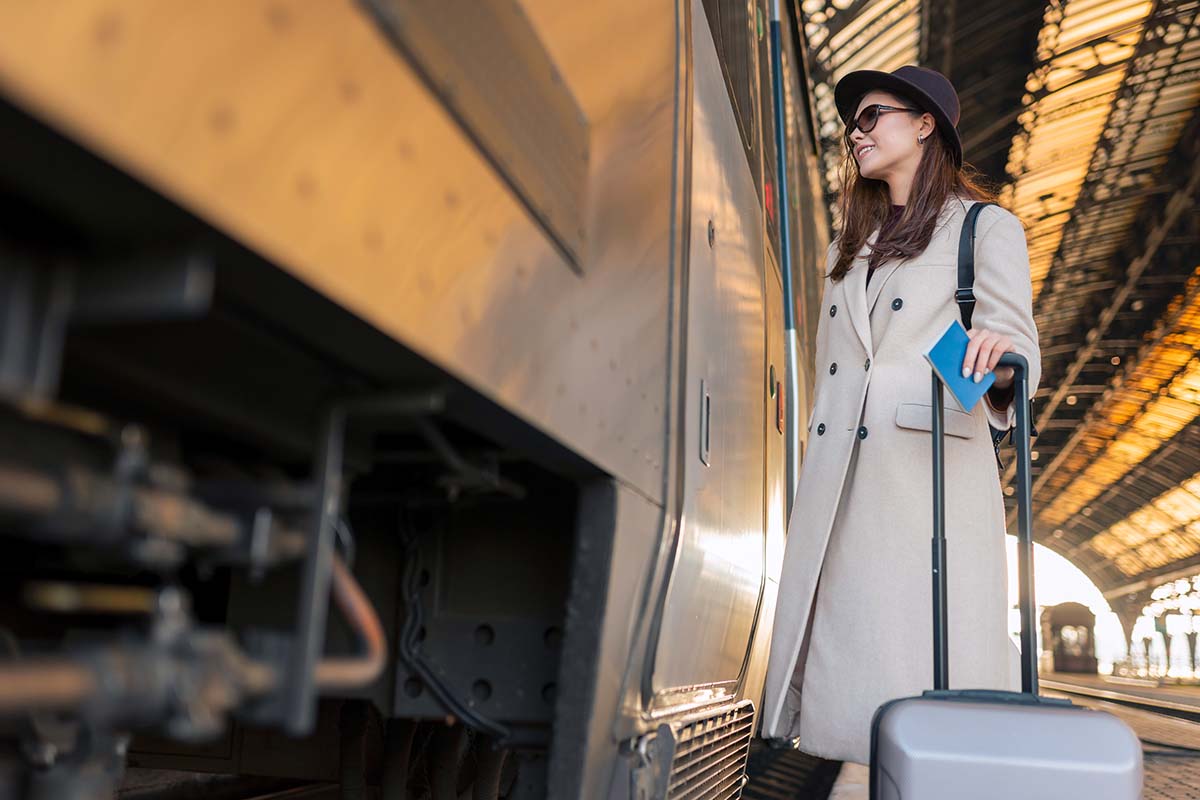Railcar Cleaning Methods: Techniques for Removing Residue and Contaminants
You’ve got a fleet of railcars that have seen better days. They’re dirty, maybe a bit grimy, and need a good scrub down. But where do you even start with something as hefty as a railcar?
Fear not, because we’re about to embark on a journey into the world of railcar cleaning that’s as riveting as it is practical. But don’t forget, rather than getting your hands dirty, there are companies like VLS Environmental Solutions that can handle this for you.
The Art of Railcar Cleaning
First, let’s discuss why railcar cleanliness isn’t just about aesthetics. Imagine shipping grains in a car that previously transported chemicals without proper cleaning. Not a pleasant thought, right? Keeping these behemoths clean ensures the safety of their loads, maintains the car’s integrity, and, quite frankly, keeps the environment from giving us the side-eye.
Dive Into the Cleaning Methods: The Elbow Grease Method
Sometimes, you need to roll up your sleeves and get to business. Manual cleaning is all about using brushes, scrapers, and a bit of muscle to remove residues. It’s like bathing your car but with more sweat involved and a bigger “car.”
Pressure Washing: The Mighty Hose
A high-pressure hose blasts away years of dirt and grime off the railcar. It’s efficient, it’s satisfying to watch, and it gets the job done without fuss. Adjust the pressure, and you’ve got a clean car and learn how to remove sticker residue.
Chemical Warfare, But Make It Safe
When water and elbow grease won’t cut it, specialized cleaning agents enter the scene like superheroes. They’re designed to tackle the tough stuff, precisely breaking down oils and greases. The key? Choosing the right agent to avoid a chemical melodrama.
Steam Cleaning: Getting Steamy
Steam cleaning is the equivalent of a spa day for railcars. It uses high-temperature steam to clean and sanitize the interiors, dealing with bacteria and other unwelcome guests. Plus, it’s water’s way of showing us it can do more than just quench thirst.
Dry Ice Blasting: The Cool Kid
Dry ice blasting is the railcar cleaning equivalent of a magic trick. Solid CO2 pellets hit the surface, and poof, they sublimate, taking the dirt with them. It’s a clean freak’s dream because it leaves behind no residue, just cleanliness.
Safety Dance and Efficiency
Let’s not forget that cleaning railcars isn’t just about making them sparkle. It’s also about doing it safely and efficiently. The goal is to get these giants back on the tracks, not to sideline them with lengthy cleaning sagas.
How To Remove Sticker Residue: The Common Queries Corner
- Which cleaning method wins the crown? There’s no one-size-fits-all answer. It’s about matching the method to the mess and the material.
- Eco-friendly cleaning: Myth or reality? It’s as real as it gets, especially with methods that shy away from harsh chemicals.
- How often should this cleaning fiesta happen? It depends on what the railcar’s been up to. Some need a bath after every trip; others can wait a bit longer.
- DIY Railcar Cleaning: Yay or Nay? Unless you’re dealing with simple dirt on the exterior, leave it to the pros. They’ve got the gear and the know-how.
The Insider’s Guide to Choosing the Right Cleaning Method
Alright, now that we’ve dipped our toes into the vast ocean of railcar cleaning, let’s get a bit cozier with the idea of choosing the perfect cleaning method. Think of it as matchmaking, but instead of finding the perfect date for your best friend, you’re pairing up a dirty railcar with its cleaning soulmate.
Understanding Your Railcar’s Needs
Before diving headfirst into cleaning, take a moment to really understand what your railcar has been through. Was it transporting something sticky like syrups or something coarse like coal? Identifying the type of residue you’re dealing with is step one in the great clean-up plan.
Assessing the Situation
- For the Sticky and Stubborn: If you’re dealing with residues that seem to have formed a lifelong bond with your railcar, chemical cleaning might just be your knight in shining armor. It’s all about breaking down those bonds and bidding adieu to unwanted stickiness.
- For the Grime Fighters: Got a case of the grimies? Pressure washing is your go-to. It’s like giving your railcar a powerful shower that washes away all the dirt and grime, leaving it sparkling.
- For the Eco-Warriors: If you’re leaning towards environmentally friendly options, steam cleaning and dry ice blasting are your best bets. They’re effective, clean, and kind to Mother Nature.
The Trial and Error Dance
Sometimes, finding the right cleaning method requires a bit of experimentation. Don’t shy away from trying different techniques to see which one brings out the best in your railcar. Remember, it’s all about achieving that gleam without causing any harm.
Listening to the Pros
When in doubt, turn to the professionals. They’ve seen it all and cleaned it all. Their advice can save you time, money, and a whole lot of cleaning headaches. Plus, they can introduce you to cleaning methods you might not have considered.
Wrapping It Up With a Bow: How To Remove Sticker Residue
There you have it, a peek into the world of railcar cleaning that hopefully feels less like a lecture and more like a chat over coffee. Cleaning these metal beasts is no small feat, but with the right techniques and a bit of know-how, it’s not just doable; it’s another day in the life of keeping the railroads running smoothly. So, here’s to clean railcars and the journeys they make possible



















